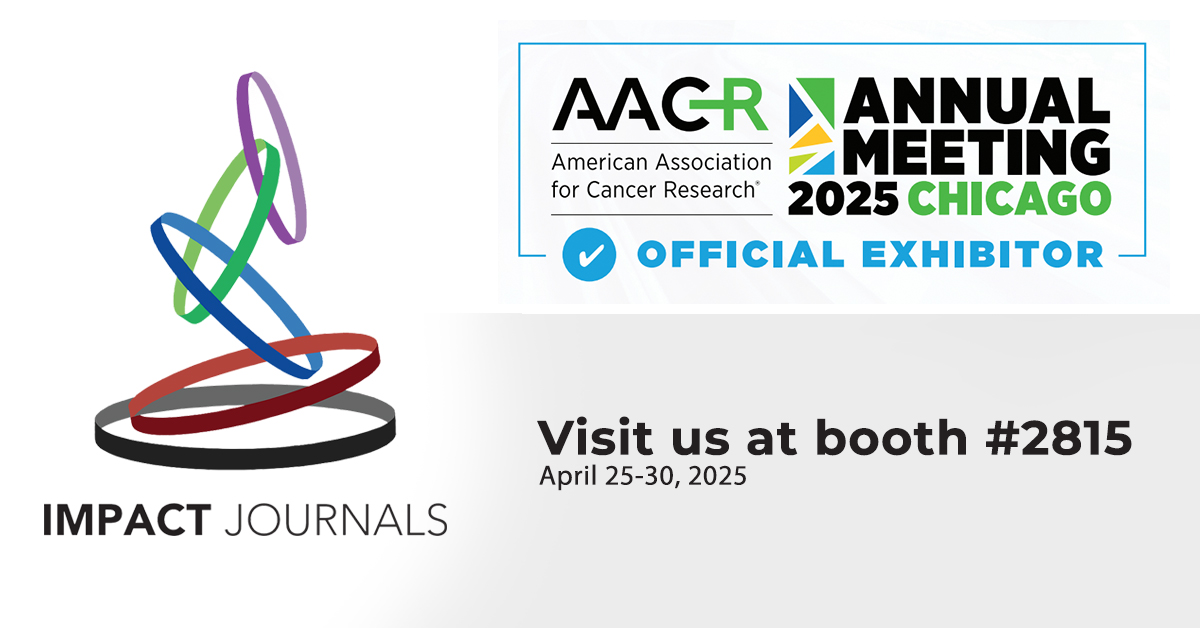Research Papers:
Novel therapeutic features of disulfiram against hepatocellular carcinoma cells with inhibitory effects on a disintegrin and metalloproteinase 10
PDF | HTML | Supplementary Files | How to cite
Metrics: PDF 2321 views | HTML 3361 views | ?
Abstract
Kaku Goto1,2, Jun Arai1,3, Anthony Stephanou1 and Naoya Kato1,4
1The Advanced Clinical Research Center, The Institute of Medical Science, The University of Tokyo, Tokyo 108-8639, Japan
2Research Center for Hepatitis and Immunology, National Center for Global Health and Medicine, Chiba 272-8516, Japan
3Department of Medicine, Division of Gastroenterology, Showa University School of Medicine, Tokyo 142-8555, Japan
4Department of Gastroenterology and Nephrology, Chiba University, Graduate School of Medicine, Chiba 260-8670, Japan
Correspondence to:
Kaku Goto, email: [email protected]
Naoya Kato, email: [email protected]
Keywords: disulfiram; antabuse; HCC; ADAM10; MICA
Received: October 05, 2017 Accepted: February 24, 2018 Published: April 10, 2018
ABSTRACT
Our previous genome-wide association study identified the anti-tumor ligand MHC class I polypeptide-related sequence A (MICA) as a susceptibility gene for hepatitis C virus-induced hepatocellular carcinoma (HCC). We subsequently proved that pharmacological restoration of membrane-bound MICA in HCC cells boosted natural killer cell-mediated anti-cancer effects, confirming that a MICA sheddase, a disintegrin and metalloproteinase 10 (ADAM10), is a therapeutic target. We here searched for approved drugs with inhibitory effects on ADAM10 in vitro, and the anti-alcoholism agent, disulfiram, was identified. Disulfiram elevated membrane-bound MICA levels and reduced production of soluble MICA, an immunological decoy, while simultaneously not having unfavorable off-target effects on natural killer cells and normal human hepatocytes. Functional analyses indicated a mode of non-zinc-binding inhibition of ADAM10 by disulfiram, which also suppressed HCC cell migration. These effects of disulfiram against HCC are expected to further the development of novel therapeutic regimens.
 All site content, except where otherwise noted, is licensed under a Creative Commons Attribution 4.0 License.
All site content, except where otherwise noted, is licensed under a Creative Commons Attribution 4.0 License.
PII: 24568

